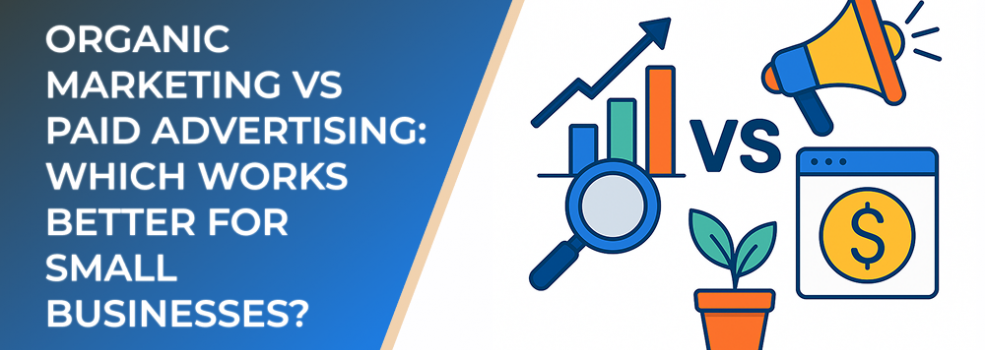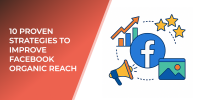In today’s competitive digital landscape, small businesses often struggle to decide whether to invest in organic marketing or paid advertising. Both approaches have their strengths, but understanding their differences and impacts can help you choose the most effective path for sustainable growth.
1. Understanding Organic Marketing
Organic marketing focuses on attracting customers naturally through valuable content, community building, and search visibility. This includes social media engagement, blog content, SEO, and email marketing.
According to HubSpot, 70% of marketers view SEO as more effective than paid ads for driving long-term results. Organic marketing may take time to show results, but it builds trust and authority that sustain your business without ongoing ad spend.
Key Advantages:
-
Builds brand credibility and loyalty
-
Offers sustainable, long-term growth
-
Costs less over time
Challenges:
-
Slower initial growth
-
Requires consistent effort and content creation
2. Understanding Paid Advertising
Paid advertising includes pay-per-click (PPC) campaigns, social media ads, and display ads. It’s designed to deliver quick visibility and measurable results.
Research shows that businesses earn an average of $2 for every $1 spent on Google Ads (Google Economic Impact Report). Paid ads are especially effective for driving targeted traffic and fast conversions.
Key Advantages:
-
Immediate visibility and traffic
-
Precise audience targeting
-
Measurable ROI through detailed analytics
Challenges:
-
Requires continuous investment
-
Can lead to lower long-term trust if overused
-
Competitive markets increase ad costs
3. Which Strategy Works Better for Small Businesses?
For small businesses, the most successful marketing approach often combines both methods. Paid advertising can deliver quick wins, while organic marketing ensures long-term stability.
A study by Content Marketing Institute found that companies using a balanced strategy see up to 45% higher engagement rates than those focusing on one method alone.
When budget is limited, start with organic marketing to build a foundation of trust and visibility. Then, use paid ads strategically to amplify your reach and promote key offers.
4. How LeadEnforce Helps You Combine Both
LeadEnforce provides audience analytics and targeting tools that help small businesses maximize both organic and paid campaigns. By understanding audience behavior, you can tailor your messages, improve engagement, and reduce wasted ad spend.
Final Thoughts
Organic marketing nurtures relationships and credibility, while paid advertising accelerates reach and sales. Together, they form a balanced strategy that supports both short-term growth and long-term success.
Related Articles from LeadEnforce:

